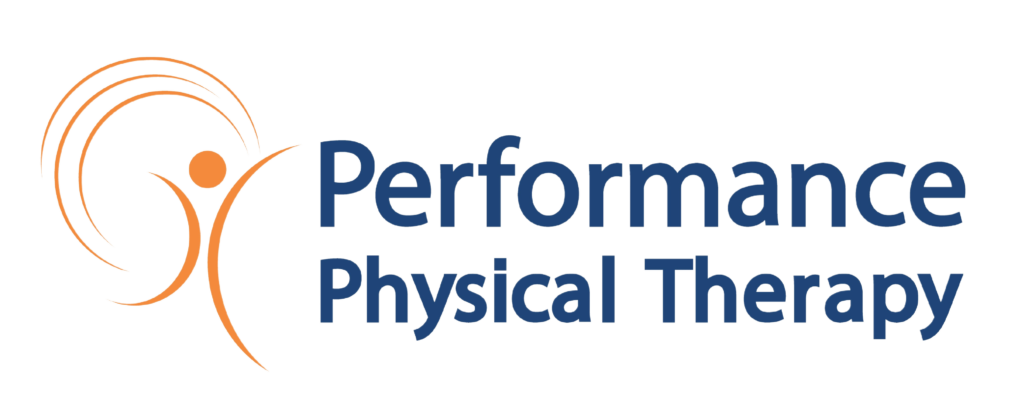One of the most common disorders we diagnose and treat at our physical therapy clinic is chronic lower back pain. We spend a significant amount of time educating our patients and their loved ones about this general health condition, including why it occurs and how to avoid it.
Many people are unaware that chronic back pain is not a “normal” part of aging. Some people believe that as you get older, you are forced to deal with back pain. Even if you’ve had a problem with your back for years, you can live with less pain and better function.
We invite you to contact Performance Physical Therapy today to set up an initial consultation. Until then, keep reading to discover the five most important things our physical therapist team has discovered about chronic back pain over the years.
1. You don’t always need surgery and medications to battle back pain.
Many people believe that problems like herniated discs can only be treated surgically. However, while surgical intervention may be required in some cases, invasive procedures such as spinal fusions are not usually recommended as the first line of treatment for chronic back pain.
According to research, only about half of first-time back surgeries successfully relieve symptoms and improve function. Repeat back operations frequently result in worse symptoms, with less than 30% of people reporting good results after a second spine surgery. This topic is so well-documented, in fact, that it has earned the ominous moniker “failed back surgery syndrome” in medical journals (FBSS).
Surgery also has drawbacks, such as a lengthy recovery period and the risk of post-operative complications such as infections and bleeding.
Meanwhile, the medical and scientific communities recognize physical therapy as one of the first lines of treatment for chronic back pain. Working with a physical therapist may even help someone with chronic back pain reduce their dependence on opioid medications. This not only demonstrates why physical therapy is often the more cost-effective option, but it also demonstrates why physical therapy is often the safer option.
2. Chronic back pain is preventable in most cases.
According to research, the majority of [back pain risk factors] are avoidable. This is fantastic news for you! It means that you have a lot of power over lowering your risk of chronic pain and alleviating your symptoms (and maybe with a bit of help from a physical therapist).
The following are some of the most common preventable risk factors for chronic back pain:
- Excessive weight
- Smoking
- Poor posture
- Sedentary behavior
- Physically demanding jobs, including ones that require frequent sitting, bending, twisting, heavy lifting, or exposure to vibration
Other factors, such as chronic stress, anxiety, and depression, all increase the risk of chronic back pain. Many people are unaware of this. That is one of the reasons why our physical therapy team approaches treatment plans holistically and is always ready to refer patients to mental health professionals as needed.
3. Most people will have to deal with back pain at least once.
Unfortunately, most of us will suffer from back pain at some point in our lives. According to studies, the vast majority of people (up to 8 out of 10) will experience at least one episode of back pain during their lifetime.
Not everyone will experience long-term pain, and in many cases, a person’s symptoms will resolve within a few weeks without the need for any additional medical attention. This is fantastic news!
Even if a person’s back pain resolves on its own, it’s possible that hidden contributing factors, such as inflexibility or poor body mechanics, will remain a problem. This can increase the likelihood of recurring back pain and injury. According to research, having a history of back pain is a risk factor for future problems.
Another important reason why seeing a physical therapist as soon as possible if you have back pain can be so beneficial to your long-term spinal health. A physical therapist can assist you in identifying and addressing hidden issues that may be putting you at risk for conditions such as muscle strains, degenerative disc disease, disc herniation, nerve impingement, and joint misalignment.
4. It’s important to find and treat the root cause of chronic back pain.
Even imaging studies aren’t always helpful in determining the source of a patient’s back pain. Remember how we said that the majority of people will experience back pain at some point in their lives? Surprisingly, research suggests that many of these cases are “idiopathic,” which means that doctors don’t know what’s causing a person’s symptoms!
An MRI may reveal a herniated disc in a person’s spine who has no signs or symptoms. Meanwhile, a person with debilitating back pain may have an MRI or X-ray that shows a perfectly “normal” spine. Even if the exact underlying cause of chronic back pain cannot be identified, physical therapy can still be beneficial.
A physical therapist is extensively trained in assessing, diagnosing, and treating spinal conditions. A physical therapist can help you achieve long-term relief by designing a care plan based on addressing the symptoms and known contributing factors, such as poor posture, decreased hip and shoulder range of motion, and weak core muscles.
5. In a majority of cases, exercise can improve back pain.
Exercise strengthens your muscles and tissues, increases circulation, reduces chronic inflammation, improves mood, relieves stress, and aids in the maintenance of a healthy body weight—all of which can alleviate and prevent back pain.
We understand how difficult it can be to move around when you have chronic back pain. However, with very few exceptions, engaging in some form of daily movement is an important part of pain management.
Aerobic exercises like walking and cycling, as well as specific exercises to improve tissue healing, strength, flexibility, and endurance, have all been shown to be effective.
Consider that what works for one person may not be the best treatment option for you. This is where a physical therapist can come in handy! A physical therapist can help you develop a safe, effective, and sustainable exercise program that you can enjoy as part of your daily life by honoring your specific needs and goals.
Are you tired of dealing with back pain? Physical therapy can help!
There’s no reason you should continue to suffer from back pain on a daily basis. If you need assistance reclaiming your healthy active lifestyle and are ready to begin living with less pain, contact Performance Physical Therapy. Our physical therapists are skilled movement specialists who are eager to assist you in feeling your best!


